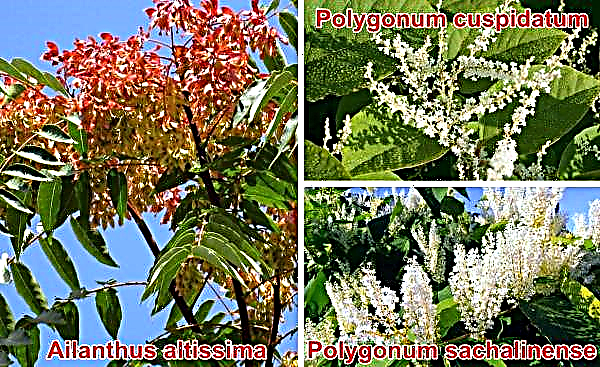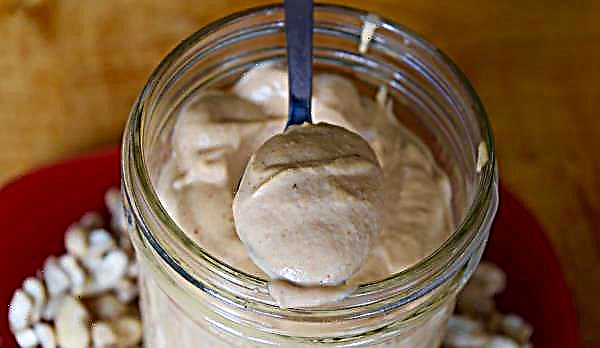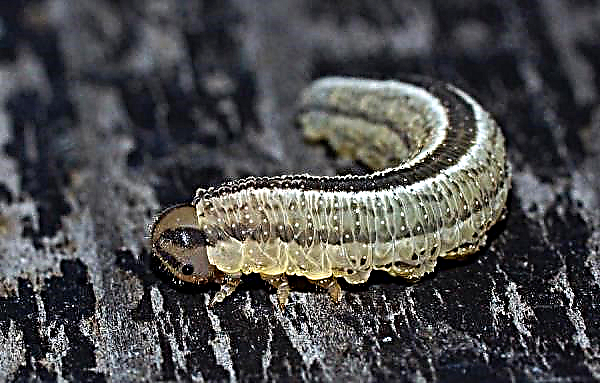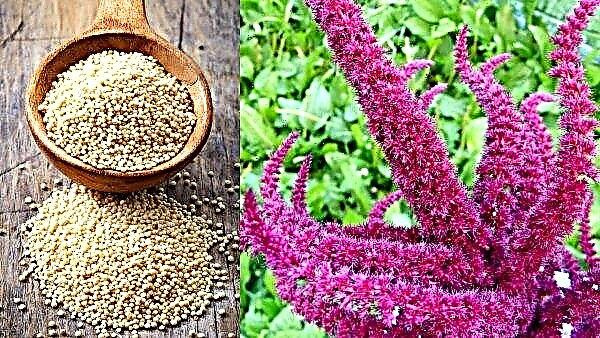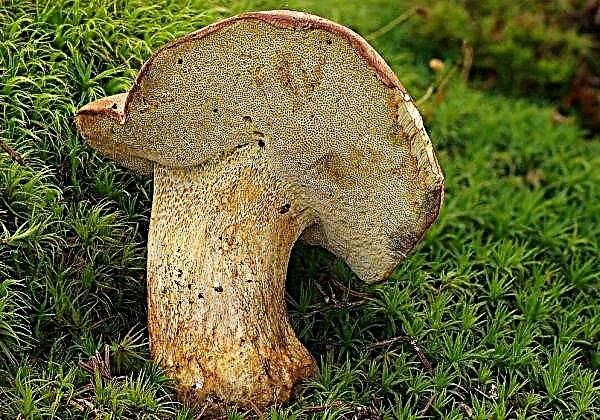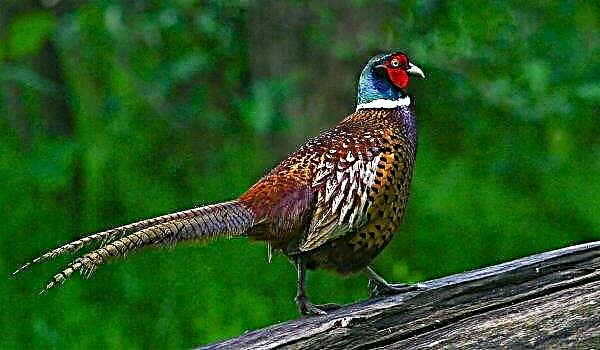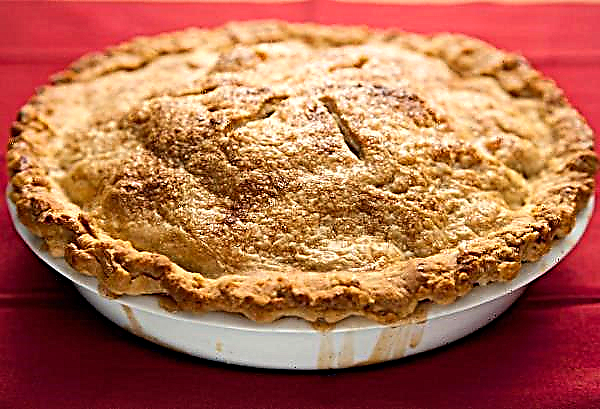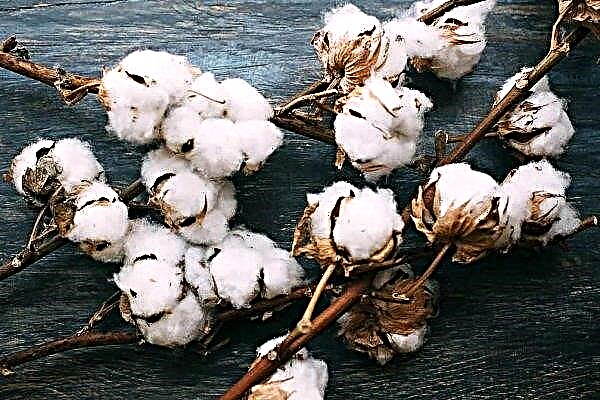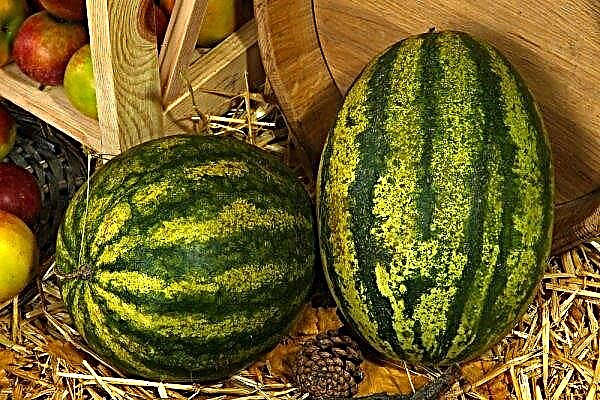The ability of Zemlyak tomatoes to grow almost everywhere except in the Far North, and at the same time to produce high yields characterized by excellent gastronomic qualities of fruits, predetermined the great popularity of these plants among vegetable growers. Read more about the tomato variety Countryman in the article.
Characterization and description of the variety
This tomato variety was created by breeders of the West Siberian Vegetable Experimental Station in 1991. It was originally intended for cultivation in the Urals and Siberia, but very quickly spread throughout Russia, Belarus and Ukraine. Countryman tomato variety is characterized by:
- belonging to determinate species with bushes not exceeding 0.7 m in height;
- the ability to be universally grown in open ground;
- the opportunity in the southern regions to grow without seedlings;
- early term ripening, in which the crop can be harvested as early as 96–100 days after seed emergence;
- the ability to give a high yield, allowing you to collect from the bush on average over 4 kg of fruit;
- oval shape of fruits and their red color;
- dense flesh sweet to taste;
- brushes on which up to 15 fruits are formed;
- compact fruit with an average weight of about 0.1 kg.
Did you know? The official scientific name for tomatoes is Solanum lycopersicum, which translates as “wolf peaches”. What relation tomatoes have to peaches and, moreover, what do wolves have to do with it, is not truly known.
Photo gallery
Pros and cons of the variety
- Based on the above, the advantages of the tomato variety Zemlyak include:
- high productivity, coming in a short time;
- good gastronomic quality of the fruit;
- universality of application;
- undemanding to growing conditions;
- good germination of seed material, which can be obtained directly from the fruit;
- compact bushes, which saves the landing area;
- lack of need for pinching and garter;
- resistance to diseases and adverse weather conditions;
- the uniformity of the small size of the fruit, which contributes to their conservation in general;
- good keeping quality of fruits and their transportability.
- There are no significant claims from those who planted this tomato variety. Sometimes noted:
- demanding plants for soil fertility;
- the need for careful adherence to schedules for watering tomato bushes.
Optimal dates for growing tomato Countryman
Depending on the region where the variety is grown, sowing its seeds for seedlings stretches from mid-March to early April. At the same time, it takes into account that from the moment of seed germination to harvesting, on average, about 100 days pass. In regions with a warmer climate, sowing of seeds is practiced directly in open ground. Usually this happens in early May, when the soil warms up enough and the threat of frost onset is sharply reduced.
Growing Features
Since this tomato variety is demanding on soil fertility, when sowing seeds and planting seedlings in the soil, special attention is paid to the quality of the substrate in containers and soil in the open.
Growing seedlings
For sowing seeds, it is best to use a professionally prepared substrate, purchased at specialized retail outlets. But it is quite possible to independently produce high-quality soil mix, for which they combine:
- 1 part of garden soil;
- 2 parts of peat;
- 1 part of compost or humus;
- 0.5 parts of sand;
- 1 cup of wood ash per bucket of soil.
The resulting substrate must be decontaminated by calcination in an oven or treatment with a pink manganese solution. Then the tanks are filled with soil mixture in the form of:Important! In no case should gardening soil be used to make the substrate from areas where solanaceous plants had previously grown.
- wooden or plastic boxes with low sides;
- plastic sowing containers;
- plastic, cardboard or peat pots.
In addition, the seeds can be sown in special peat or coconut washers, which contain all the components necessary for seedling growth. Sow the seed to a depth of not more than 2 cm, sprinkle the seeds with a substrate and moisten it from the spray with warm water. Then, to create a greenhouse effect, the containers are covered with a plastic film and put in place with a stable temperature of at least + 25 ° С.
Sow the seed to a depth of not more than 2 cm, sprinkle the seeds with a substrate and moisten it from the spray with warm water. Then, to create a greenhouse effect, the containers are covered with a plastic film and put in place with a stable temperature of at least + 25 ° С.
After seed germination, the film is removed from the containers, and they themselves are transferred to the most lit place, where the daylight should last at least half a day. In this case, the temperature should be within +16 ... + 18 ° С at a humidity of 70%. As the upper soil layer dries, the seedlings should be watered with warm water. 2 weeks before planting seedlings in open ground, it should be hardened. To do this, they take it out to fresh air for a short time, constantly increasing it. Immediately before landing on a permanent place, the seedlings should spend at least 1 day in the open air.
Preparation of a plot for planting seedlings
At about two months of age, the seedlings are transferred to a permanent place of growth. The soil by this time should warm up to at least + 16 ° C, and the threat of frosts will pass stably. The plot for planting seedlings is selected on the sunny side, protected from strong winds. The soil should in no case be acidic. In addition, you should pay attention to the predecessors that were previously cultivated in this area.
Useful if previously provided:
- zucchini;
- pumpkins;
- watermelons;
- cabbage;
- corn;
- parsley;
- legumes;
- beets;
- radish.
 Tomatoes should not be planted where solanaceous crops, represented by:
Tomatoes should not be planted where solanaceous crops, represented by:- pepper;
- eggplant;
- potatoes;
- physalis.
Soil for seedlings is prepared in advance in the fall. To do this, dig a plot, while applying 7 kg of organic fertilizer in the form of bird droppings or cow manure to each m². Immediately before planting seedlings of tomato cultivars Zemlyak, the soil is enriched with phosphorus, potassium and nitrogen substances, as well as magnesium and fluorine.Important! It is highly recommended not to plant tomatoes for more than 3 years in the same place.
Seedling Planting Technology
When half a dozen real leaves appear on seedlings, it is ready for planting in a permanent place. Since the bushes of the Zemlyak tomato variety are compact, up to 6 units can be placed on 1 m², but no more. The best option is to stagger with a distance of 0.45 m between the bushes and 0.7 m between the rows. The holes are dug to a depth that is slightly larger than the height of peat cups with seedlings or an earthen coma, if the seedlings are removed from a plastic or clay container. After transplanting, it is watered, and the soil is mulched.
Variety Care Features
Being an unpretentious variety, the Countryman is especially demanding only for regular watering. Nevertheless, fertilizing, loosening the soil, and preventing disease directly affect the increase in crop yields.
Fertilizers and watering
For the first time after transplanting seedlings into the soil, plants are watered after about 2 weeks. Until the moment of formation of inflorescences, watering is carried out weekly, during which half a bucket of water is poured under each bush. At the flowering stage, characterized by increased moisture consumption, the irrigation intensity increases up to 4 times a week with the same volume of water during each irrigation. When the fruits begin to ripen, the weekly irrigation regime begins again. The best option for irrigation is drip, which is actively used in large vegetable farms. In summer cottages and rural farmsteads, simple pouring of water directly under the root of the plant is most often used. At the same time, water should not be allowed to enter the leaf surface of the bushes.
The best option for irrigation is drip, which is actively used in large vegetable farms. In summer cottages and rural farmsteads, simple pouring of water directly under the root of the plant is most often used. At the same time, water should not be allowed to enter the leaf surface of the bushes.
During the growing season, tomatoes are fed with fertilizers 3 times. At the stage of gaining green mass by the bushes, they most of all need nitrogen, which is present in sufficient quantities in organic fertilizers such as mullein or bird droppings. When flowers and first ovaries appear, the plant already needs potassium and phosphorus to a greater extent, which are delivered to the plant in the form of potassium salt and superphosphate by top dressing directly in the ground or by foliar top dressing by spraying fertilizers on the green mass. After several weeks, this top dressing should be repeated.
Video: Topping tomatoes during flowering
It is not advisable to feed the plant during flowering and ripening of the fruit with an organics containing a lot of nitrogen, since this stimulates the development of foliage to the detriment of flowering and weight gain by the fruits. Mineral fertilizers are often supplemented, or even replaced, with infusion of wood ash on water.
Did you know? The paradox is that tobacco is among the closest biological relatives of tomatoes. That is, one of the plants most useful for human health is the closest relative of one of the most harmful.
Pasynkovka and formation of a bush
The tomato cultivar Zemlyak, belonging to a determinant species and forming low and compact bushes, practically does not need their formation, nor herding, nor garter.
Soil cultivation and weeding
Tomato bushes without fail should be freed from the neighborhood of weeds, which not only deprive the cultivated plant of nutrients, but can also act as transmitters of infections and nurseries of pests. Therefore, weeding is carried out at least 1 time in 2 weeks. Usually they are combined with loosening the soil, which facilitates the access of oxygen to the root system. In addition, to prevent the formation of a crust on the soil that impedes the respiration of the root system, loosening of the soil must be done after each irrigation and past rain. It should be borne in mind that the roots of the tomato come close to the surface of the earth, so loosening should be done carefully. To improve the temperature and humidity conditions in the root system, the soil around the bush is mulched.
In addition, to prevent the formation of a crust on the soil that impedes the respiration of the root system, loosening of the soil must be done after each irrigation and past rain. It should be borne in mind that the roots of the tomato come close to the surface of the earth, so loosening should be done carefully. To improve the temperature and humidity conditions in the root system, the soil around the bush is mulched.
Diseases and Pests
Although plants of this variety are quite resistant to tomato diseases, all the same countrymen tomatoes are not immune from diseases characteristic of nightshade crops and from pest attacks. Sometimes they are affected:
- late blight, manifested by the appearance of dark spots on the green mass and on the fruits, which are fought by spraying the bush with copper sulfate or 3% Bordeaux liquid, as well as with the following preparations: “Khom”, “Polikh”, Oksikh ”;

- white and gray rot, characterized by putrefactive spots on the tomato stalk, fighting the source of which are fungicides represented by Topsin, Azocene and Horus, as well as the biological product Fitosporin;
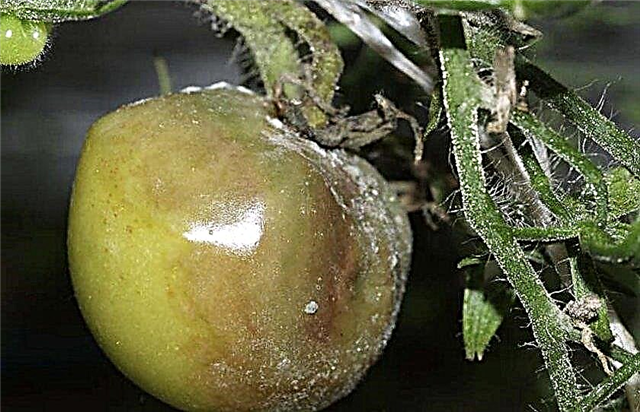
- Fusarium, causing wilting of leaves on the whole bush, to combat which they use the drug "Hom", as well as high hills bushes;

- alternariosis, manifested by the appearance of brown spots on the underside of the leaves, to combat which drugs in the form of "Tattu", "Consento" or "Antracol" are used;

- bacterial spotting, which infects leaves and fruits and ultimately destroys the entire plant, which is fought by spraying bushes with Bordeaux liquid and copper sulphate, and also feed plants with products containing copper and nitrogen.
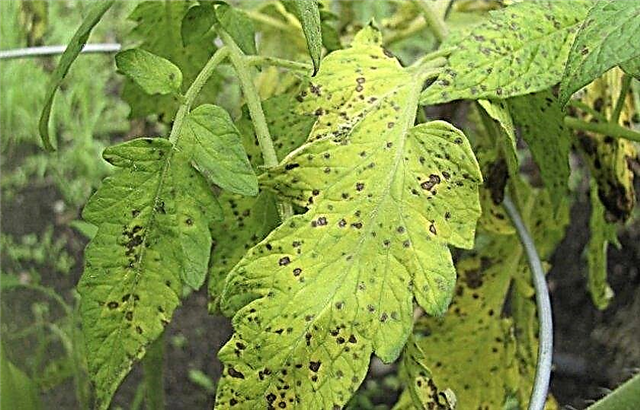
- whiteflies;
- aphids;
- Bears
- thrips;
- whiteflies;
- Colorado potato beetle;
- gall midges.
- chamomile decoction;
- wood ash;
- decoction of celandine;
- tobacco dust;
- yarrow broth.
Harvesting and storage
About 100 days after seed germination, you can already harvest a crop of tomato cultivar Zemlyak, which reaches 18 kg with 1 m². Moreover, you can collect the fruits until the very first frosts. It is best to remove the tomatoes from the bush in the early morning, when the fruits have maximum elasticity. These tomatoes, as already noted, are distinguished by good keeping quality. Freshly laid in a wooden box in 3 layers, they can be stored for up to a month. Collected immature, they are able to quickly meditate in the room, and the presence or absence of lighting does not affect this process in any way. Tomatoes of the Zemlyak variety have gained great prestige among vegetable growers not only for their ability to grow and produce crops in open ground almost everywhere except permafrost, but also for their high gastronomic qualities, along with the low demand for excessive care.
Tomatoes of the Zemlyak variety have gained great prestige among vegetable growers not only for their ability to grow and produce crops in open ground almost everywhere except permafrost, but also for their high gastronomic qualities, along with the low demand for excessive care.






